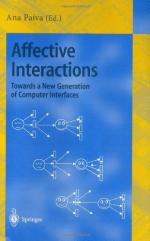|
This section contains 2,552 words (approx. 9 pages at 300 words per page) |

|
The evolution of computer technology between 1930 and 1950 was strongly influenced first by mathematical theoreticians and then by military needs during World War II. During this twenty-year span, the early pioneers of modern computer science found ways to create machines that harnessed the power of electronics, moving beyond strictly mechanical computational devices and laying the foundation for the transistor-based computers that would follow in the 1950s and 1960s.
Conceptual Foundations
In 1931 electrical engineer Vannevar Bush (1890–1974) designed a mechanical calculator that solved complex differential equations. Although its gears and other moving and stationary parts made the machine difficult to use, Bush's invention was considered significant in mathematical circles because mathematicians and scientists could use it to solve equations long thought to be virtually unsolvable. Bush's greater contribution to modern computer science came in 1945 with the publication of an article that described a conceptual device for linking...
|
This section contains 2,552 words (approx. 9 pages at 300 words per page) |

|



